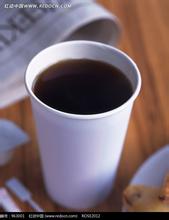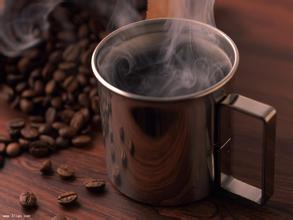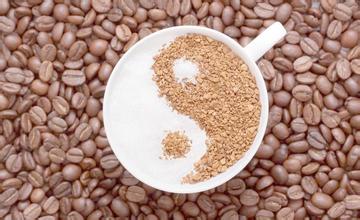Kenya Coffee Estate Arabica Coffee Estate Introduction Boutique coffee beans
Arabica and Robacht: Arabica: accounts for 60% of global production, preferably at high elevations, with lower temperatures and lower yields. It has a stronger taste and elegant mellow and acidity (if you want to know more about the definition of alcohol and acidity in coffee tasting, you can trust me); about 1% caffeine (by weight) is expensive:
Robbins accounts for 40% of global production and is usually grown in areas with lower elevations and higher temperatures. The taste is lighter, about 2% caffeine, and the price is lower (called Canifola Coffee)
. Robusta's coffee, no matter what name you encounter, such as Yega Sheffield, Mantenin, Columbia, etc., belong to the sub-line or native variety under the Arabica variety.
As for why it is called Manning and Yejasuefi, it has something to do with the way it is named: in the case of Yegashafi, it is a small town in Ethiopia, so the coffee produced in this town is named Yegasuefi. There will also be different small producing areas and estates or cooperatives in the town. For example, there is a place called Kochel and a cooperative called the Rico Cooperative. Most of the coffee they produce is native to Arabica, so we can call this coffee the original species of the Rico Cooperative in the Yega Fischer producing area of Ethiopia!
So to put it simply, in addition to saying that it is Robusta, almost all the coffee beans you can come into contact with are Arabica beans! However, the varieties of sublines grown in different places are different.

Important Notice :
前街咖啡 FrontStreet Coffee has moved to new addredd:
FrontStreet Coffee Address: 315,Donghua East Road,GuangZhou
Tel:020 38364473
- Prev

Fragrant Puerto Rican Coffee Manor Atlanta Manor introduces boutique coffee beans
Flavor: full grain, full flavor, rich aroma suggested roasting method: medium roasted ★★★: excellent Puerto Rican coffee market: today, Puerto Rico gourmet coffee has been exported to the United States, France and Japan. Coffee in this country is generally carefully cultivated with pure flavor, aroma and heavy granules, among which the best is among the world's famous brands. At the time of the submission of the goods, the U.S. Government's
- Next

Costa Rican coffee house goddess estate introduction boutique coffee beans Tara Su Latin American coffee
Arabica and Rochester: Arabica: 60% of global production, best grown at high altitudes, lower temperatures and lower yields. It has a stronger flavor, more body and acidity (please email me if you want to know more about coffee tasting definitions of body and acidity); about 1% caffeine (by weight); high price: robert accounts for 40% of global production,
Related
- Does Rose Summer choose Blue, Green or Red? Detailed explanation of Rose Summer Coffee plots and Classification in Panamanian Jade Manor
- What is the difference between the origin, producing area, processing plant, cooperative and manor of coffee beans?
- How fine does the espresso powder fit? how to grind the espresso?
- Sca coffee roasting degree color card coffee roasting degree 8 roasting color values what do you mean?
- The practice of lattes: how to make lattes at home
- Introduction to Indonesian Fine Coffee beans-- Java Coffee producing area of Indonesian Arabica Coffee
- How much will the flavor of light and medium roasted rose summer be expressed? What baking level is rose summer suitable for?
- Introduction to the characteristics of washing, sun-drying or wet-planing coffee commonly used in Mantenin, Indonesia
- Price characteristics of Arabica Coffee Bean Starbucks introduction to Manning Coffee Bean Taste producing area Variety Manor
- What is the authentic Yega flavor? What are the flavor characteristics of the really excellent Yejasuffi coffee beans?

